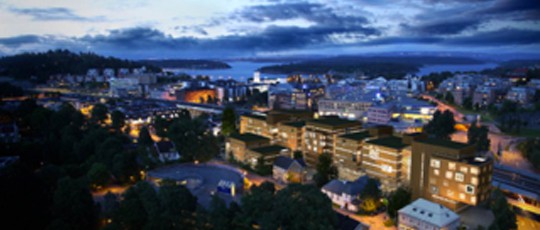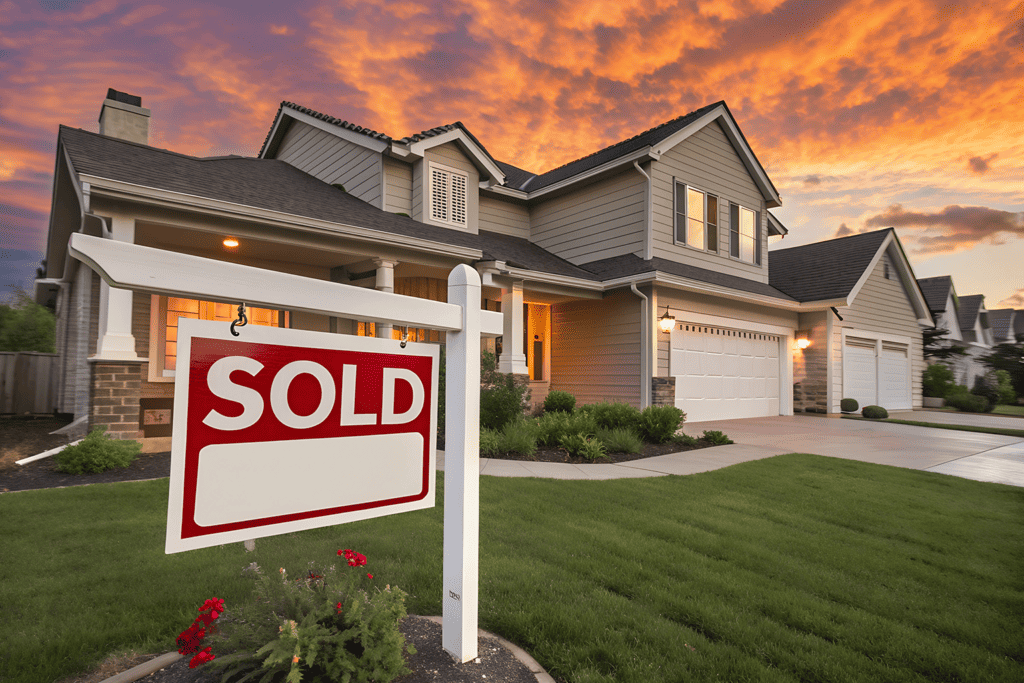The High Cost of Building in Australia
The cost of construction in Australia is amongst the highest in the world. Whether you are building commercial property, highrise apartment buildings or hotels, Sydney ranks in the top five most expensive cities in the world, as shown in the graph below. Sydney is not the only area in Australia regarded as excessively expensive to build, with Rawlinsons most recent report on the cost of building residential dwellings revealing, for example, Hobart as the most expensive place to build a standard brick veneer home.
In 2012 then Victorian Premier Ted Ballieu was so concerned over the cost of construction in Victoria he led the push for a Productivity Commission enquiry into why Australia’s construction costs are so high. According to the Business Council of Australia construction costs in Australia have risen twice as fast as the rate of inflation over the past decade.
An annual collation of data from more than 10,000 projects across the world by United States engineering and project management firm AECOM ranked Sydney in the top five most expensive for each category of development, mainly due to high labour costs and a lack of collaboration between stakeholders.
An average high-rise apartment building costs about $US2,850 ($3,021) per square metre to build in Sydney, compared with $US2,000 in Auckland.

Residential Build Prices
A stock standard brick veneer home of 90-110 square metres will set you back anywhere from $825 per square metre in Adelaide, or $1,280 per square metre in Hobart. In Brisbane and Sydney you can expect costs of around $1,050, while Melbourne is about $1,100 per square metre.
A bit further up the chain, a full brick prestige home between 150-350 square metres is again cheapest to build in Adelaide, with costs ranging from $2,080 per square metre. Brisbane is the most expensive capital in which to build to prestige standard, up to $3,240 per square metre.
For apartment developments the cost of a medium-finish one- or two-bedroom apartment with no balcony or lift starts at $1,580 per square metre in Adelaide and Brisbane, ranging all the way up to $2,090 in Hobart. Perth’s costs are hovering around the $1,700 mark, Sydney around $1,800 and Melbourne up around $1,900.
Townhouses of a medium standard finish are about the same or marginally cheaper to build than apartments, starting from $1,365 in Adelaide and ranging up to $2,150 in Hobart. Brisbane’s rate is around the $1,600 mark, Perth is around $1,700 while Sydney and Melbourne are both about $1,750.
Average regional variations for residential build prices across houses (left) and apartment buildings (right) are summarized below in this table from BMT Quantity Surveyors.

Why Are Costs So High?
According to AECOM it’s due to high labour costs and a lack of collaboration between stakeholders. This is supported by other studies and anecdotal evidence from the Australian construction sector. The Business Council of Australia estimates Australian construction costs are now 40 % higher than those in the US (see graph below), let alone in Asia where they are a fraction of the costs here. For example in Beijing the cost per square metre of building a multi story residential high rise is less than USD $1,000 compared to $2,850 here.
In terms of lack of collaboration between stakeholders this is generally referring to the issue of government regulation. Builders say the process of getting approvals for construction projects can take up to 18 months, which increases the cost to builders and consumers. “Its adding costs all the time and its unnecessary costs,” says Trevor Bowler, chairman of the Gippsland section of the Master Builders Association. Local planning authorities and state governments (for projects deemed state significant) have to balance the wishes of developers, local communities and environmental groups and this can involve a lengthy and costly process.

Consultants Napier and Blakeley report that on building sites general labourers cost $75 an hour – including overheads – and high-value tradesmen $85 an hour. They work 36-hour weeks, receive 26 rostered days off on top of normal leave, and when it’s wet or hot, they walk off on full pay. And they’ve just won a pay rise of 27 per cent over four years – with no trade-off to lift productivity. These high wage rates have also been boosted by the mining boom in Australia that competes with the non-mining construction sector for labour. The construction industry is home to some of Australia’s largest unions, such as the Construction Forestry Mining and Energy Union (CFMEU) that ensure their workers benefit from the collective bargaining power a union provides. Disputes with unions can prove very costly for developers. A recent example is the case of Victorian construction company Grocon’s dispute with the CFMEU over one of it’s sites in Melbourne, Grocon alleges the blockade of the site cost is $10.5 million and is currently suing the union for these costs.
Conclusion
Construction costs in Australia look set to remain high for the foreseeable future. The union movement is entrenched in the Australian construction industry and there appears to be no catalyst for change. This will make it difficult for construction companies to negotiate wages down even as the mining boom slows and the supply of labour becomes more plentiful. As a result wage pressures are expected to remain high. Whilst State and Federal governments both constantly repeat rhetoric about reducing “red tape” in the construction sector the evidence remains that this is not occurring, and developers look set to continue enduring long wait times for approvals for land subdivisions and construction projects.




